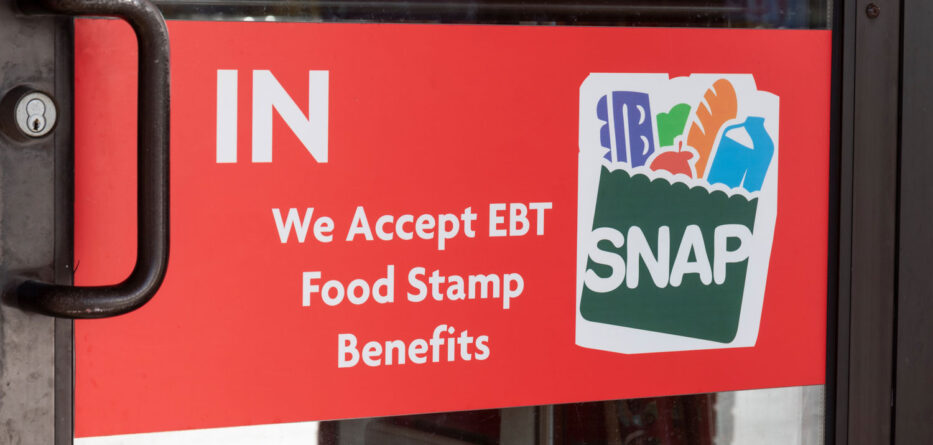Groups that fight hunger say they’re “deeply disappointed” in the new budget proposal released Tuesday by Gov. Gavin Newsom.
Last year, the Legislature approved $40 million to expand food assistance to low-income people over age 55, regardless of immigration status. But now, the governor wants to delay it until 2027.
Betzabel Estudillo, director of engagement for the group Nourish California – part of the Food 4 All Campaign – said she hoped the California Food Assistance Program would be expanded starting next year.
“It’s just not what we were expecting, considering how much California immigrants are struggling to access the food they need,” said Estudillo. “With inflation and the high cost of food, immigrant families are really, really hurting right now. ”
The governor’s budget projects a gap of more than $22 billion in the next fiscal year.
Right now, the California Food Assistance Program provides income-eligible, legal immigrants with a monthly electronic benefit transfer card – similar to CalFresh – that can be used at grocery stores and farmer’s markets.
However, it does not cover undocumented people, DACA recipients or people with Temporary Protected Status.
Estudillo said the “Food 4 All” coalition had also asked for $548 million a year, to include Californians age 54 and under in the program regardless of immigration status.
But that wasn’t part of the governor’s initial proposal.
“We’re committed to working with the legislative leadership and the governor’s office,” said Estudillo, “to ensure that all Californians, regardless of age or immigration status, have timely access to the food they need. No exceptions, no exclusions.”
The expansion of the program to income-eligible immigrants over age 55 would cover 75,000 people.
Last year, the Legislative Analyst’s Office estimated that between 690,000 and 840,000 Californians would meet the income requirements if the program was expanded to all ages.






